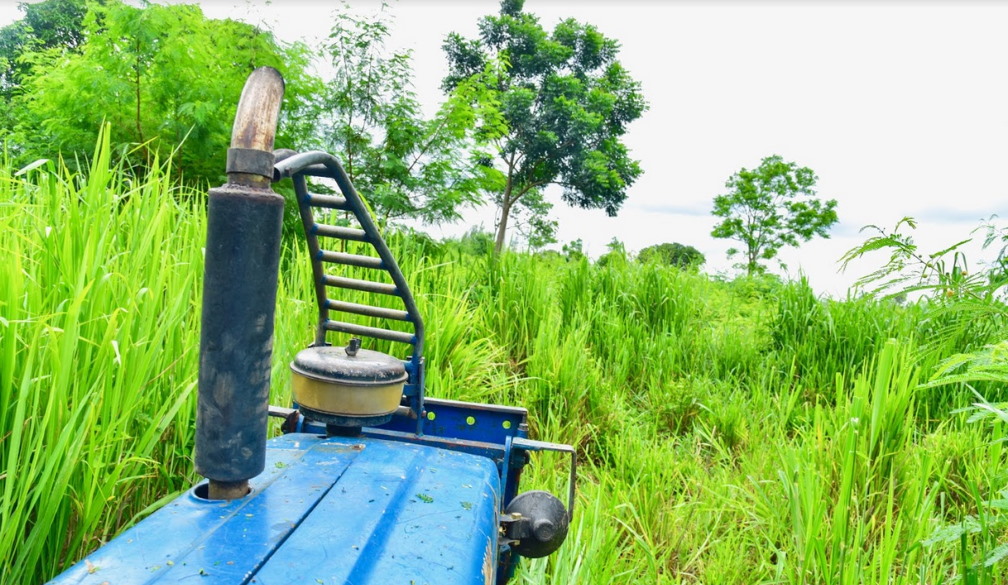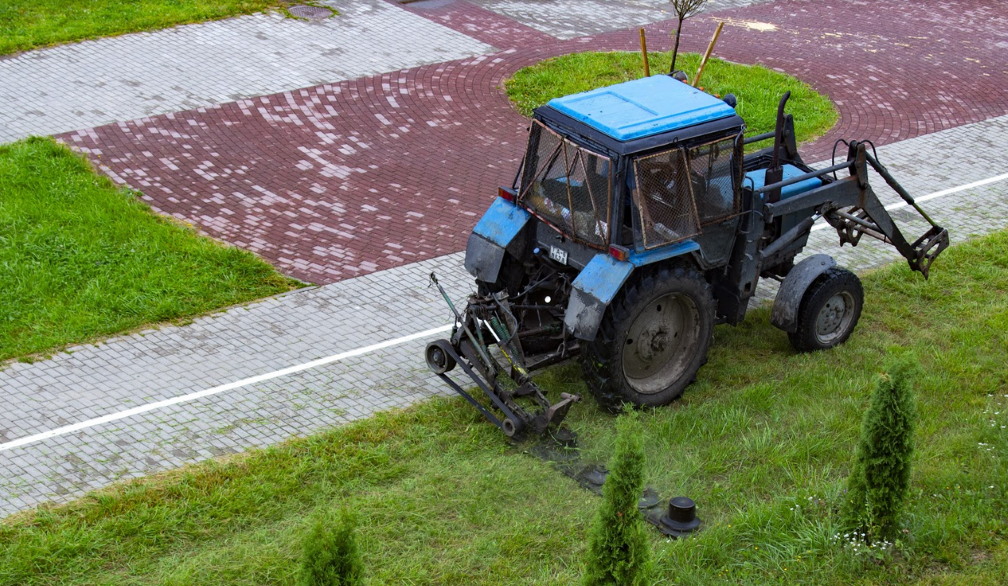6 Tips For Clearing Overgrown Land
- Written by NewsCo

Invasive plants, burdensome trees, undergrowth, vines are just a few things you'll deal with when clearing your land. Usually, all it takes is simple trimming and mowing, but things can be a little bit out of hand when you're dealing with overgrown land. Is it possible to do it by hand, just like how you would normally? What are the tools you'll need? Where will you put all the shrubs and brushes you get from the overgrown land? These are questions you might end up asking yourself throughout the entire operation.
If you're not tight on budget and are in a hurry, you might want to consider hiring a crew. You can look for such agencies by searching up terms like land clearing Sydney if you’re from the area. However, if you insist on completing the task by yourself, here are a few things you can do to ease the process.
Check Your Local Laws
Before anything else, you have to remember that specific laws can get in your way of clearing the overgrown land. Perhaps your area has laws protecting certain plants. Maybe there are soil erosion issues within the neighborhood, so they discourage removing greeneries.
So, just to be safe, seek permission from the responsible agencies in your area before starting the land clearing operation.
Survey The Area
One of the first things you need to do when clearing overgrown land is to have a plan, whether you want to build a home in that land or just a tiny shed. Furthermore, checking out the land allows you to minimize the effort you need to put into the operation since there might be trees or vegetation that you'd like to keep for decoration purposes, for instance. With that said, mark only the trees and areas to be cleared. There might also be areas that are particularly hard to deal with, such as those with rough terrain, so you have to adjust your plan accordingly.
Along the way, you might also end up spotting all kinds of junk within the area. You might even find chunks of metal in the land, which can be extremely hazardous to you and dangerous to your machinery. On that note, make sure you get rid of these obstacles as you go.
Prepare For Waste Disposal
Clearing an overgrown land will lead to organic wastes, such as dead plants, stumps, grass, and more. Naturally, you'll need to dispose these yard wastes, but you can't do it carelessly since burning or dumping them might be illegal in your area. Furthermore, even if it’s legal, burning them will still leave some residue, which will result in pollutants. One safe and efficient way to solve this problem is by hiring a crew or renting a waste disposal service.
However, if you don't have money to spare, you can call sanitation instead. Each municipality should have a crew that picks up organic wastes and drops them off at a designated point.
Obtain The Necessary Tools
Before going around clearing the overgrown land, you need to prepare the tools you'll need first. After all, you wouldn't want to go back and forth from your warehouse. These tools should take care of brushes, vines, weeds, small trees, bushes, and tall plants.
Below are some examples of tools that’ll prove valuable in this operation:
* Brush mower
* Stump grinder
* Chippers
* Shears
* String trimmer
Take note that each tool has its own purpose. For instance, chippers are best in cutting trees, while a stump grinder can clear the stumps left in the process.
Take Out The Biggest Obstacles First
Usually, you'd start from the most insignificant stuff first and start from there, but that's not the case when clearing overgrown land. Instead, it's best to start with the biggest obstacles first, such as trees, tall plants, big brushes, etc.
By taking them out first, you should be able to breeze through smaller stuff more quickly since there aren’t many obstructions left.
Plant Vegetations After Clearing The Land
So, you've spent hours or even days clearing the overgrown land. Why would you need to plant vegetation immediately after? Doesn't that contradict the purpose of the entire process? It's only natural to have these questions after seeing this tip, but there are several reasons for this.
One, the vegetation you cleared are most likely dying plants, and since they're no longer contributing to the landscape, there's no reason not to take them out. Secondly, if you leave the soil exposed for too long, the soil will degrade in quality and nutrients. Thirdly, clearing the land without replacing the vegetation can lead to soil erosion. So, upon clearing the land, make sure you plant some seeds right after to avoid the potential repercussions.
Wrapping Up
Clearing overgrown land can prove to be a challenge to even land-clearing crews, so it's only natural for a single person to find this task far more difficult. But with these tips, you can at least take comfort in the fact that you'll complete the entire operation much faster than the average person.






